Laure Albin Guillot and Adrian Paci, at Jeu de Paume
- (first published on artlifemagazine.com)
- Mar 26, 2013
- 5 min read
Updated: Mar 25, 2020
(Paris.) Public gallery Jeu de Paume focuses on photography and video art in a mix of big names and emerging talents. Currently it shows video artist Adrian Paci and historic photographer Laure Albin Guillot.
It might not be very gentlemanly to mention, still it's true that Laure Albin Guillot (1879-1962) started her artistic career at a rather advanced age of forty-three years. Opening her studio in 1922, she soon became a contributor to Vogue magazine. Her celebrity portraits and nudes from this period are executed with much talent in composition and technics, yet not revolutionary. They are what they are, nice to look at and interesting as documentation - who would not want to know what historical figures (mainly French singers and poets) looked like?
More special are Albin Guillot's experiments in abstraction, first and foremost her Micrographies photo book from 1931. Here she created "photographic paintings" in pictorialist tradition (though, of course, Pictorialism in strict sense was over since 1915) on the basis of images seen through a microscope. Art historians will notice she did this three years after the publication of Karl Blossveldt's Originary Forms of Art: Photographic Images of Plants that were so much praised by Walter Benjamin; and seventeen years after Erwin Quedenfeldt's Symmetric Patterns from Natural Forms that are commonly described as the first abstract photographs ever exhibited. Be that as it may, Laure Albin Guillot's Micrographies are fine works of art that show beauties normally reserved for the (more or less) admiring eyes of louses and mites.
Since its beginnings, photography has been closely connected to decorative crafts and the advertising industry. It does not come as a surprise thence, that once she was famous for abstract photography, Laure Albin Guillot produced abstract pictorialism for hats and hygiene. Apart from this commercial activity, she illustrated books and journals; it was the time of André Breton asking, 'when all the books worth anything will stop being illustrated with drawings and appear only with photographs?' (in Surrealism and Painting, 1925). For today's visitors it might seem strange that novels and poetry have once been illustrated at all (on the other hand: the Internet does exactly that, doesn't it?).
On Jeu de Paume's upper floor Albanian born, Italian resident, Adrian Paci shows a collection of videos.
A man stands on a village square, as an endless line of people passes by to shake his hand. This handshake is neither hearty, nor very respectful; obviously he is not a "true" celebrity, not even the local outlet's godfather (the scenery looks very "Italian"). The briefness of the contact that seldom involves the eyes reminds of sport stars shaking hands with politicians after a match. Uninterested or unwilling to participate in the political demonstration, they want to get over with it as soon as possible, though not express this wish too obviously.
Is this a punishment, and if so, for whom? The many and the one are connected by a mysterious link. For the moment it leaves the spectator clueless.
A group of men on a gangway in the middle of an airfield's nowhere waits for a plane that never comes. If you forget for a moment that the artist is Albanian, you may mistake them for Arabs (no women, only men!) put on a no-flight list. The point is how many of these works can only be understood with the personality and biography of the artist in mind. Knowing that Adrian Paci is interested in European migration, it gets easy to recognize Albanians trying to leave for the "golden West". The screen hangs in the middle of the room and can be regarded from both sides; it thus manifests the frontier between "them" and "us".
A work easier to appreciate without much meta-knowledge shows a naked woman chasing a horse to and fro through a paddock (only black and white images though). Now horses are said to be not the most intelligent of animals (or to put it blankly: rather stupid beings). This exemplar furthermore appears to be a gelding - feel free to approach the screen for verification. This is progress: from Middle Age's phallic unicorns to circus dressage; Adrian Paci gives no hints for decryption of his danse macabre.
There is more; like the story of an Albanian man turning from actor to film director to porn distributor to adult cinema operator. In the end, he deletes his VHS with TV recorded war footage, but the one action keeps on appearing between the images of the other. Violence in two versions, or two phenomena waiting for Albania when the Iron Curtain fell?
Other films question the artist's position in the world (no, not a new idea, but well treated here). An anonymous Albanian tells about his painting/graphic design business. He produces and sells everything from fake renaissance paintings to toilet signs to unversity diplomas; and wonders about an "American friend" who brought him a book on contemporary art. He does not consider himself an artist though his works could well fit into a "Western" exhibition context. In another example, Adrian Paci reenacts a (real or imagined) experience with Italian police. The "western" country is known as modern and art friendly, yet he had trouble to explain some photographs showing his daughters with Albanian exit stamps on their backs. The officer refuses to see "metaphors for exile" but only wants to know whether the stamps have been washed off, and to verify that Adrian Paci never photographed the girls naked. Ignorance and misunderstanding between art and society are independent of geography, Paci's mentioning of Venice Biennale does not impressive the officer in the least (you certainly need a good degree of stubbornness for his job, but so does an artist).
A photo series shows men with a roof strapped to their backs. Migration, the search for a home again, and the condition to "be your country yourself" (in terms of refuge and identification). When Chinese workers sculpt an "antique Greek" marble column, which is then transported onboard a huge cargo ship, we know it's time for globalization and our future taking over by the Chinese. Confucius says: "Copy and improve, then re-export".
To finally return to the first video: That man shaking the hands of the villagers is the artist himself. Now that we know some of his favorite topics, we may speculate: does he want to thank his host country? Or does he want to express the exaggerated expectations many immigrants still have, of being personally welcomed by a population that, in another turn, sees only a long line of ever-new faces arriving?
Adrian Paci is a name to keep in mind if you don't know him by now. And yes, his name is Adrian and he does films with characters who look like broken backyard boxers; but no, Stallone does not collect his works (as far as I know).
Adrian Paci, Laure Albin Guillot, Jeu de Paume, 26 February-12 May, 2013

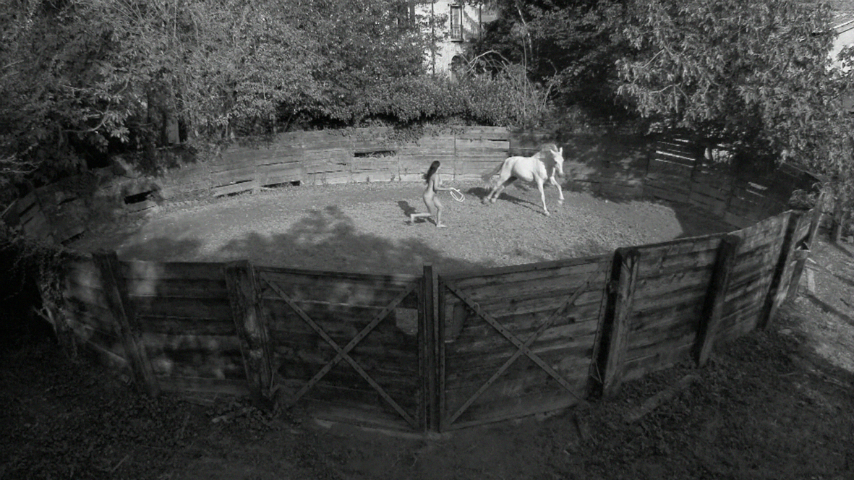

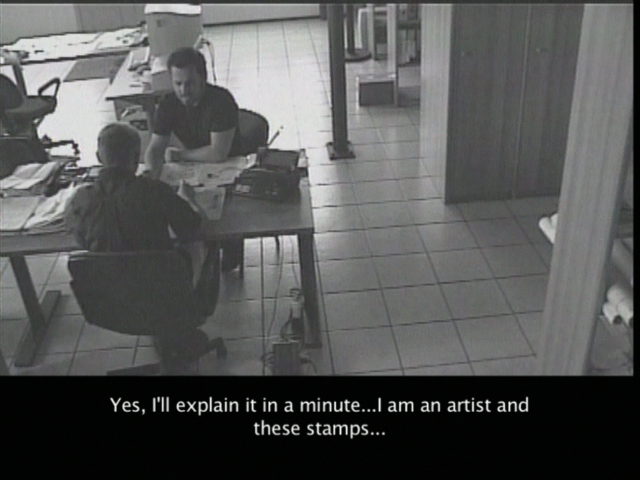

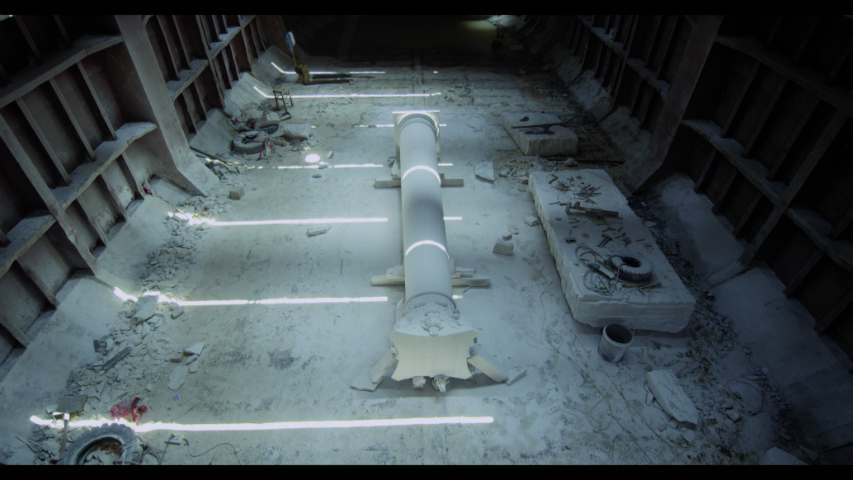
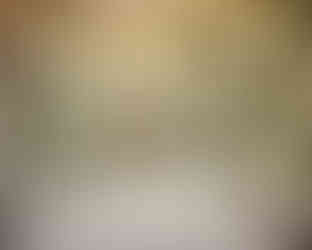


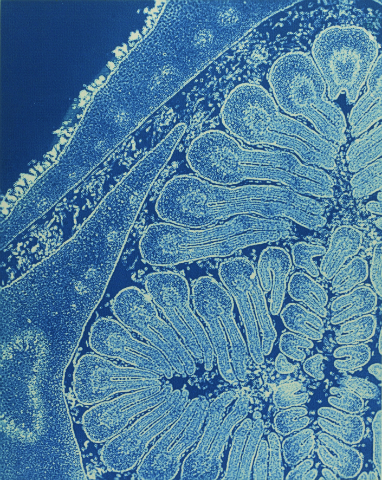

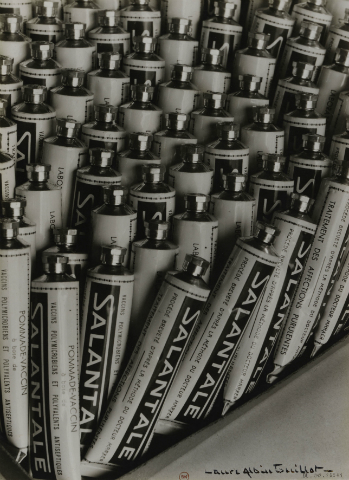
Comments